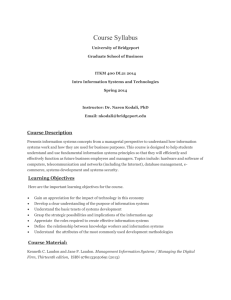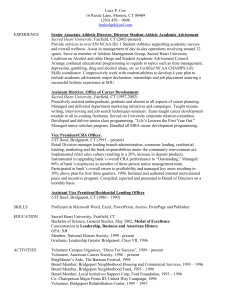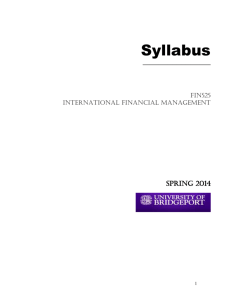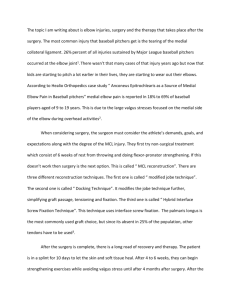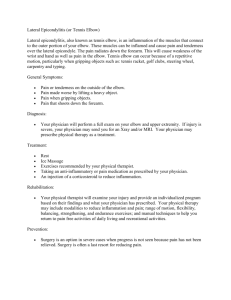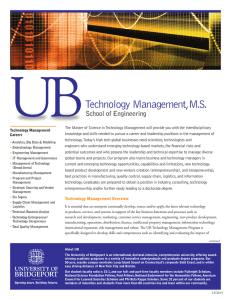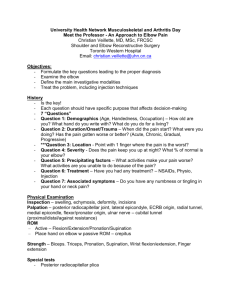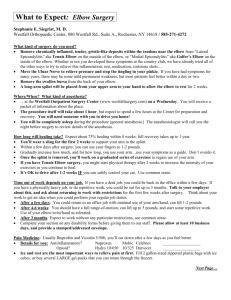Brachial Artery Rupture Associated with Closed Posterior Elbow
advertisement
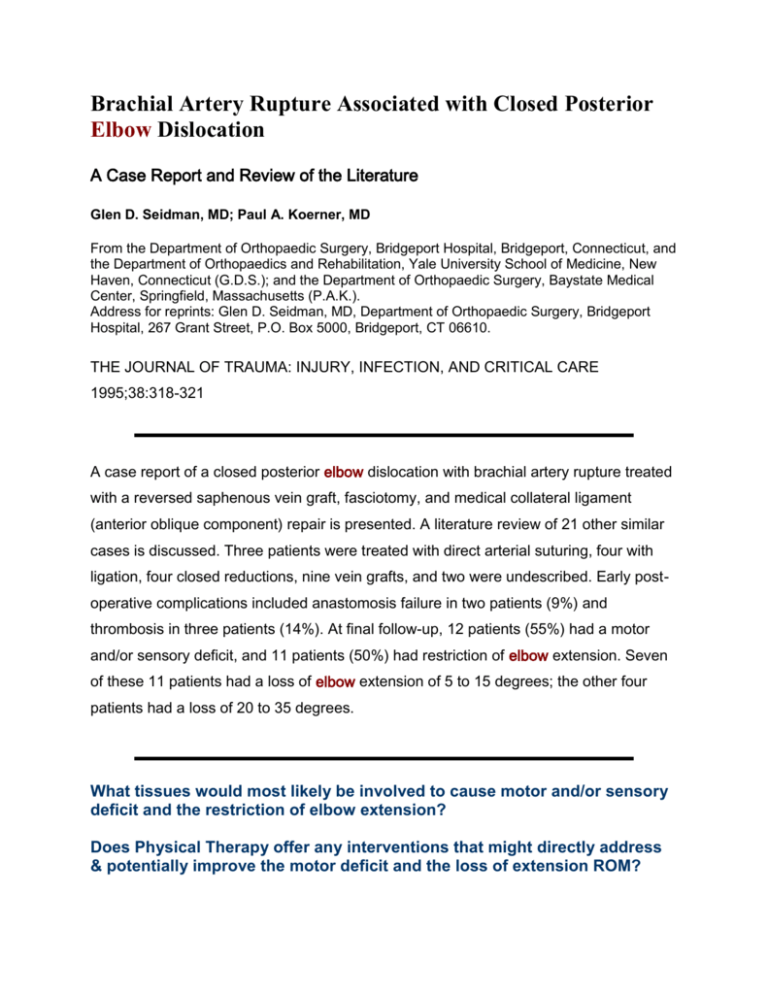
Brachial Artery Rupture Associated with Closed Posterior Elbow Dislocation A Case Report and Review of the Literature Glen D. Seidman, MD; Paul A. Koerner, MD From the Department of Orthopaedic Surgery, Bridgeport Hospital, Bridgeport, Connecticut, and the Department of Orthopaedics and Rehabilitation, Yale University School of Medicine, New Haven, Connecticut (G.D.S.); and the Department of Orthopaedic Surgery, Baystate Medical Center, Springfield, Massachusetts (P.A.K.). Address for reprints: Glen D. Seidman, MD, Department of Orthopaedic Surgery, Bridgeport Hospital, 267 Grant Street, P.O. Box 5000, Bridgeport, CT 06610. THE JOURNAL OF TRAUMA: INJURY, INFECTION, AND CRITICAL CARE 1995;38:318-321 A case report of a closed posterior elbow dislocation with brachial artery rupture treated with a reversed saphenous vein graft, fasciotomy, and medical collateral ligament (anterior oblique component) repair is presented. A literature review of 21 other similar cases is discussed. Three patients were treated with direct arterial suturing, four with ligation, four closed reductions, nine vein grafts, and two were undescribed. Early postoperative complications included anastomosis failure in two patients (9%) and thrombosis in three patients (14%). At final follow-up, 12 patients (55%) had a motor and/or sensory deficit, and 11 patients (50%) had restriction of elbow extension. Seven of these 11 patients had a loss of elbow extension of 5 to 15 degrees; the other four patients had a loss of 20 to 35 degrees. What tissues would most likely be involved to cause motor and/or sensory deficit and the restriction of elbow extension? Does Physical Therapy offer any interventions that might directly address & potentially improve the motor deficit and the loss of extension ROM?
